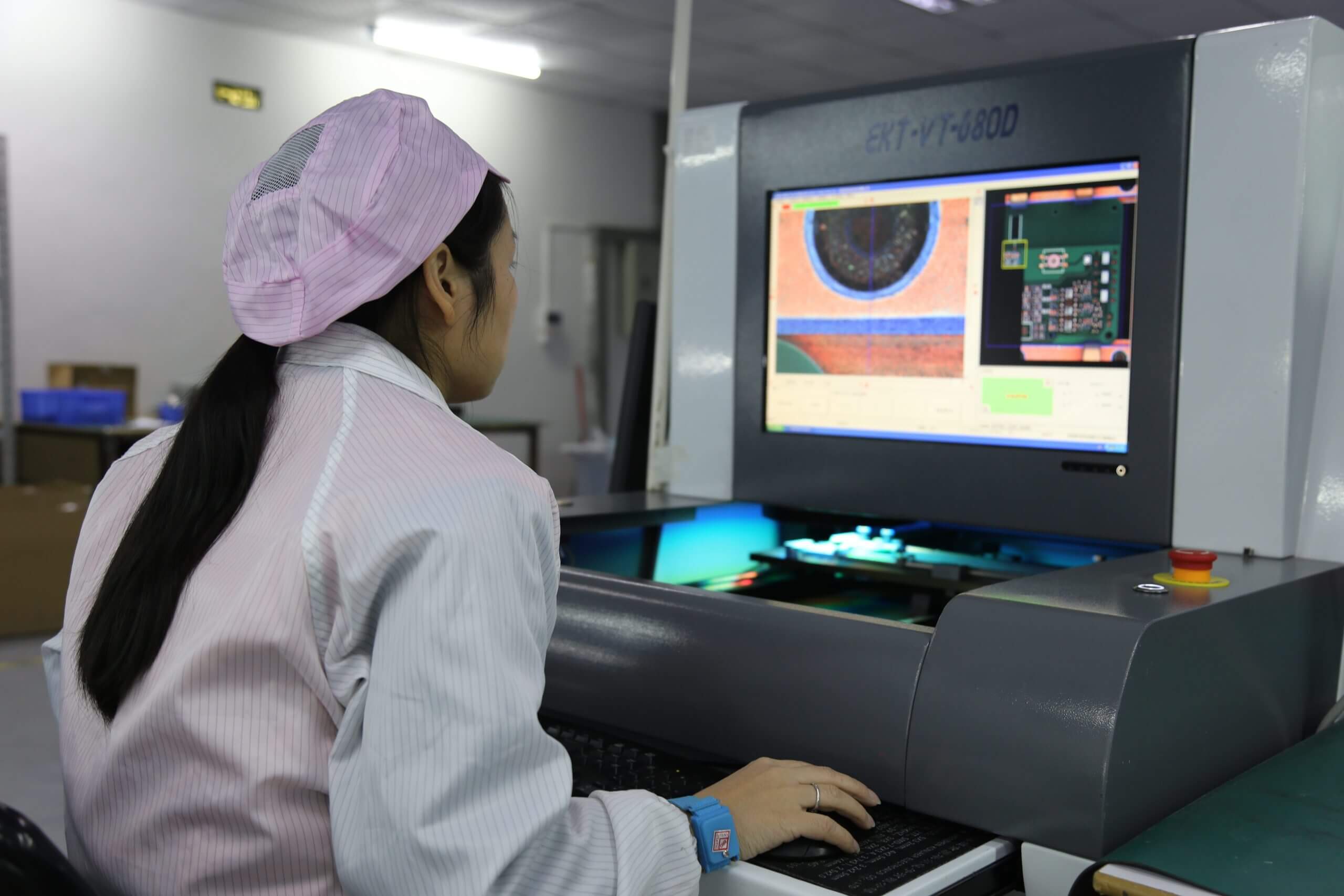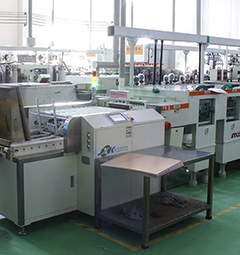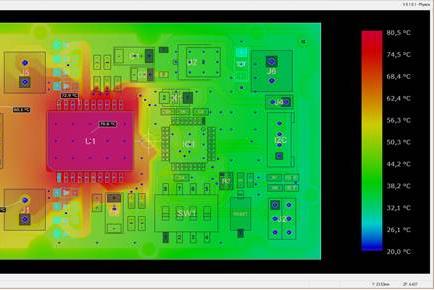In the world of printed circuit board (PCB) manufacturing, quality is everything. If you're searching for information on ISO 9001 PCB process control, ISO 9001 PCB performance, ISO 9001 PCB testing, or ISO 9001 PCB material selection, you're in the right place. ISO 9001 certification ensures that standardized processes are followed to deliver consistent, high-performing circuit boards that meet customer expectations. This blog dives deep into how this globally recognized standard improves every aspect of PCB production, leading to superior results for your projects.
At its core, ISO 9001 is a quality management system (QMS) that helps companies maintain strict control over their processes. For PCB manufacturing, this means better design, testing, material selection, and overall performance. Let's explore how these standardized processes create reliable, top-quality circuit boards and why certification matters for your next project.
What Is ISO 9001 Certification and Why Does It Matter for PCBs?
ISO 9001 is an international standard for quality management systems, developed by the International Organization for Standardization. It provides a framework for companies to ensure consistent quality in their products and services. For PCB manufacturers, achieving this certification means adhering to strict guidelines that cover every step of production, from raw material sourcing to final testing.
Why does this matter? In the electronics industry, even a small defect in a circuit board can lead to costly failures. ISO 9001 certification ensures that processes are documented, monitored, and continuously improved to minimize errors. This directly translates to better ISO 9001 PCB performance and reliability for end users, whether you're designing consumer electronics, automotive systems, or medical devices.

Suggested Reading:ISO 9001 Certification: How It Elevates PCB Manufacturing Quality
ISO 9001 PCB Process Control: Building Consistency in Every Step
One of the cornerstones of ISO 9001 is process control. In PCB manufacturing, ISO 9001 PCB process control means that every stage of production—from design to assembly—is carefully planned and monitored. This reduces variations that could lead to defects or inconsistent quality.
For example, during the etching process, maintaining precise chemical concentrations and temperatures is critical to achieving accurate trace widths. ISO 9001 requires manufacturers to document these parameters and regularly audit them. If a trace width deviates by even 0.1 mm, it could affect signal integrity, leading to performance issues. With standardized processes, such deviations are caught early through regular checks and corrective actions.
Additionally, process control under ISO 9001 includes training for staff to ensure everyone follows the same protocols. This consistency means that whether you're ordering 100 or 10,000 boards, the quality remains the same. For engineers, this reliability is invaluable when scaling projects or meeting tight deadlines.

ISO 9001 PCB Performance: How Standards Boost Reliability
When it comes to ISO 9001 PCB performance, standardized processes play a direct role in ensuring that circuit boards meet or exceed expectations. Performance in PCBs is often measured by factors like signal speed, impedance control, and thermal stability. ISO 9001 ensures that these factors are consistently achieved through rigorous quality checks.
Take impedance control, for instance. High-speed digital circuits often require specific impedance values, such as 50 ohms for certain transmission lines. A deviation of just 5% can cause signal reflections, leading to data loss or system failures. Under ISO 9001, manufacturers use calibrated equipment and documented procedures to maintain tight tolerances during layer stacking and material application, ensuring that impedance values stay within the required range.
Thermal performance is another critical area. Boards used in high-power applications must dissipate heat effectively to prevent component failure. ISO 9001 processes ensure that thermal vias and copper thickness (often specified at 1 oz or 2 oz per square foot) are consistently applied, reducing the risk of hotspots. This attention to detail directly improves the lifespan and reliability of your PCBs.

ISO 9001 PCB Testing: Ensuring Quality Through Rigorous Checks
Testing is a vital part of PCB production, and ISO 9001 PCB testing takes this to the next level by mandating comprehensive and repeatable testing protocols. ISO 9001 requires manufacturers to define clear testing criteria, use calibrated equipment, and document results for traceability.
Common tests under ISO 9001 include electrical continuity testing, where every net on the board is checked for open or short circuits. For high-frequency boards, manufacturers might also perform signal integrity tests to measure parameters like rise time and jitter. For instance, a rise time deviation beyond 100 picoseconds in a 5 GHz signal can lead to significant performance degradation. ISO 9001 ensures that such issues are identified and corrected before the boards leave the factory.
Environmental testing is another area where ISO 9001 shines. Boards are subjected to temperature cycling (e.g., -40°C to 85°C) and humidity tests to simulate real-world conditions. This ensures that the PCBs can withstand harsh environments without cracking or delaminating. By adhering to these strict testing standards, manufacturers guarantee that their boards perform reliably in the field.
ISO 9001 PCB Material Selection: Choosing the Right Foundation
The materials used in PCB manufacturing have a massive impact on performance, and ISO 9001 PCB material selection ensures that only high-quality, suitable materials are chosen for each project. ISO 9001 requires manufacturers to work with approved suppliers and verify the properties of raw materials before use.
For example, the choice of laminate material affects a board’s dielectric constant (Dk) and loss tangent (Df), which are critical for high-frequency applications. A common material like FR-4 has a Dk of around 4.5, suitable for many standard applications. However, for high-speed designs, materials with a lower Dk (e.g., 3.0) may be needed to reduce signal loss. ISO 9001 processes ensure that the right material is selected based on the project’s requirements and that its properties are verified through testing.
Copper foil quality is another consideration. ISO 9001 mandates checks for copper purity and thickness uniformity to prevent issues like uneven current distribution. If a board is specified to use 1 oz copper but receives uneven plating, it could lead to overheating in high-current areas. Standardized material selection and verification prevent such risks, ensuring consistent performance.
The Benefits of Choosing an ISO 9001 Certified PCB Manufacturer
Partnering with an ISO 9001 certified manufacturer offers several advantages for engineers and businesses. First, it guarantees a higher level of quality and consistency. Whether you’re producing prototypes or mass-manufacturing, you can trust that each batch meets the same high standards.
Second, ISO 9001 certification reduces the risk of costly rework or recalls. By catching defects early through standardized processes and testing, manufacturers save you time and money. For instance, a single batch of defective boards could cost thousands of dollars in delays and replacements. ISO 9001 minimizes this risk by ensuring quality at every step.
Finally, working with a certified manufacturer enhances your credibility. If you’re supplying products to industries like automotive or medical, where quality standards are non-negotiable, partnering with an ISO 9001 certified provider shows your commitment to excellence. It’s a stamp of trust that sets you apart in competitive markets.
How ISO 9001 Drives Continuous Improvement in PCB Manufacturing
ISO 9001 isn’t just about meeting minimum standards; it’s about continuous improvement. Certified manufacturers are required to regularly review their processes, gather customer feedback, and implement changes to enhance quality. This means that over time, the PCBs you receive will benefit from evolving best practices and innovations.
For example, if a manufacturer identifies that a certain soldering technique leads to a 2% defect rate in solder joints, ISO 9001 requires them to analyze the root cause and adjust the process—perhaps by tweaking the reflow oven temperature profile to achieve a more consistent melt. These small improvements add up, resulting in better reliability and performance for your boards.
Conclusion: Why ISO 9001 Certification Is a Game-Changer for PCB Quality
In the fast-paced world of electronics, quality can make or break a project. ISO 9001 certification ensures that PCB manufacturers follow standardized processes for ISO 9001 PCB process control, ISO 9001 PCB performance, ISO 9001 PCB testing, and ISO 9001 PCB material selection. From precise impedance control to rigorous environmental testing, these standards lead to circuit boards that are reliable, efficient, and built to last.
By choosing a certified manufacturer, you’re not just getting a product—you’re getting peace of mind. The attention to detail and commitment to quality that ISO 9001 demands mean fewer defects, better performance, and a stronger foundation for your designs. Whether you’re working on a small prototype or a large-scale production run, prioritizing ISO 9001 certification is a smart move for superior circuit board performance.
 ALLPCB
ALLPCB







